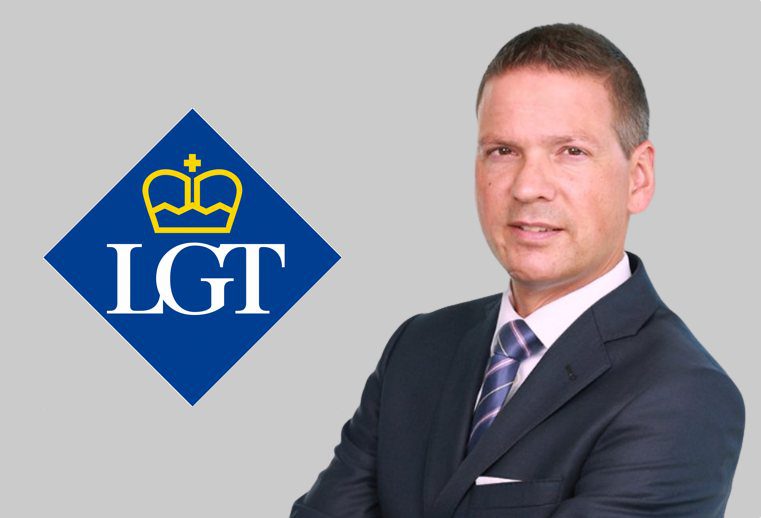More remote ILS structures to see significant growth: Stahel, LGT ILS Partners

While some in the insurance-linked securities (ILS) market are targeting higher risk and return opportunities, or an expansion into non-catastrophe lines of business, Michael Stahel of LGT ILS Partners believes now is the time to double-down on more remote layers of natural catastrophe risk, where the insurance and reinsurance industry benefits significantly from the capital support.
Speaking with Artemis around the 2022 Monte Carlo Rendezvous event, Stahel, a Partner and Portfolio Manager at the investment manager, explained why LGT ILS Partners believes it is well-positioned, with its long-term strategy and track-record in offering investors access to portfolios of lower-volatility property catastrophe reinsurance.
Stahel explained that, “Property cat already today ties up the highest level of regulatory capital, and with the impact from climate change, cat risk will continue to be the key pain point for the insurance industry.
“Mitigating cat peaks through capital market transactions is the perfect solution, with a pure motivation for all parties involved.”
On property catastrophe risks versus expanding out to other business lines, including longer-tailed exposures, Stahel believes the original premise of ILS still stands true, that the capital markets can act as a source of efficient risk capital for absorbing some of the insurance and reinsurance industry’s peak peril exposures.
Adding that, on other areas of non-catastrophe risk exposure, “All other (long-term) risk-transfer transactions lack such transparency and contain an inherent conflict of interest, not least due to an asymmetric information flow. Such risks should be retained by market players that manage a going-concern, rated reinsurance entity.”
Looking towards the next year, Stahel sees the LGT ILS Partners strategy as well-positioned for this stage of the reinsurance market cycle.
He anticipates growing opportunity to deploy investor funds to support re/insurers catastrophe risk capital needs.
“For 2023, we expect to see significant growth in more remote ILS structures, both in the form of cat bonds and private reinsurance deals,” Stahel explained to us.
Adding that on the capital side, “Investors are wary of the increased loss frequency, and are willing to forgo higher returns for more stability.”
He continued to explain why investors might find more risk-remote catastrophe reinsurance investment opportunities attractive at this time.
Stahel said, “Investors need to establish their risk appetite and risk tolerance. High concentration risk in US wind looks good in a pitch book, but when the big one hits, several years’ worth of returns may simply evaporate.
“Focus on regional diversification and draw-down management is key when assessing an ILS allocation.”
Stahel feels the LGT ILS Partners offering provides investors an optimal access point to benefit from reinsurance market trends and pricing, while backing a long-term capital partner of global re/insurers.
“Access to rated paper and improved efficiency in transacting ILS are the key differentiators going forward – LGT’s rated carrier Lumen Re allows to independently access the optimal reinsurance programs and mitigates the risk of trapped collateral for our investors,” Stahel told Artemis.
Read all of our interviews with ILS market and reinsurance sector professionals here.






